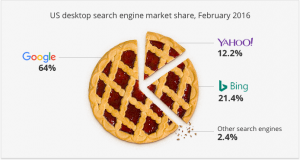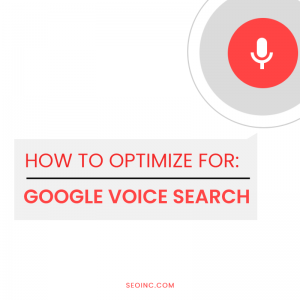by Marc Goldberg, , Op-Ed Contributor, (April 16, 2016)
In 2004, someone deep within Silicon Valley said: “This is the year of mobile.” In 2005, someone said it to me in New York. For years after that, I could read about it being the year of mobile in every industry publication.
You wouldn’t know it by talking to a lot of advertisers, but the year of mobile is now behind us.
Last year, eMarketer estimated that advertisers in the U.S. will spend more than $40 billion on mobile advertising in 2016. Also, ZenithOptimedia estimates, that mobile will account for 92% of new global ad dollars by 2018. For many publishers, mobile advertising is a byproduct of a shift in consumer behavior from the PC to their smartphones.
Facebook is a perfect example of this trend. More than 80% of their advertising was served on smartphones in 2015, and that number will likely increase this year.
For many brand advertisers looking to reach their audiences at the right time and place, it’s clear that they need to include mobile on their plans. What’s not obvious is what the best approach should be. Advertisers should approach mobile as active market makers, not as bystanders to a new ecosystem.
Outside of premium apps like Facebook, Weather.com or CNN, there is a huge ecosystem of apps that command a large part of the mobile advertising ecosystem but offer limited value to advertisers because of their business model, which offers an ad-cluttered free version and a paid version of the same content.
Adotas reports that at least one-third of interactivity with mobile banners is accidental. The developers make most of their money from users who download the paid versions, which usually don’t contain advertising. This means that the app developer is actually designing the app in such a way to annoy the user enough to shell out some money for the paid version.
The clearest issue with free ad-supported apps is ad clutter. Developers are designing an experience to be annoying to the consumer on purpose in order to entice them to pay for the premium version, which means that they have little incentive to keep the advertiser’s best interests in mind.
It’s likely that they’re one of many ads that the user has to click through as they interact with the app.
Advertisers should also be wary of incentive traffic, or advertising traffic that is essentially forced on a user of a free version of a game. Many gaming apps make it very clear which elements are locked to free users, and so the user is often stymied during their experience when they reach a dead end, can’t use a certain function or can’t upgrade.
The app developer shows strategically placed ads at these points throughout their app. The user can either interact with the ad or pay for the premium version. While the initial conversion rates and scale can be enticing for advertisers, it’s generally a short-lived lift. Users are not actually interested in the advertising they’re interacting with.
Advertisers take note: lots of advertising networks achieve scale and high interaction rates by allowing incentive traffic and traffic from highly cluttered apps.
Finally, many apps that appear to have decent content are actually stealing the content outright and are violating copyright laws. Apps that appear generic like sports news or weather and are not well branded or familiar to the advertise,r should be checked against other sources to see if the content is original.
Advertisers that want a quality mobile media plan need to pay attention to the user experience, the business model and the content of the apps on their plan.
It’s worth the extra work to do this now, as the ecosystem is just starting to take shape. If advertisers use their money to send a strong message that quality matters, app developers will follow.
MediaPost.com: Search Marketing Daily
(35)
Report Post




